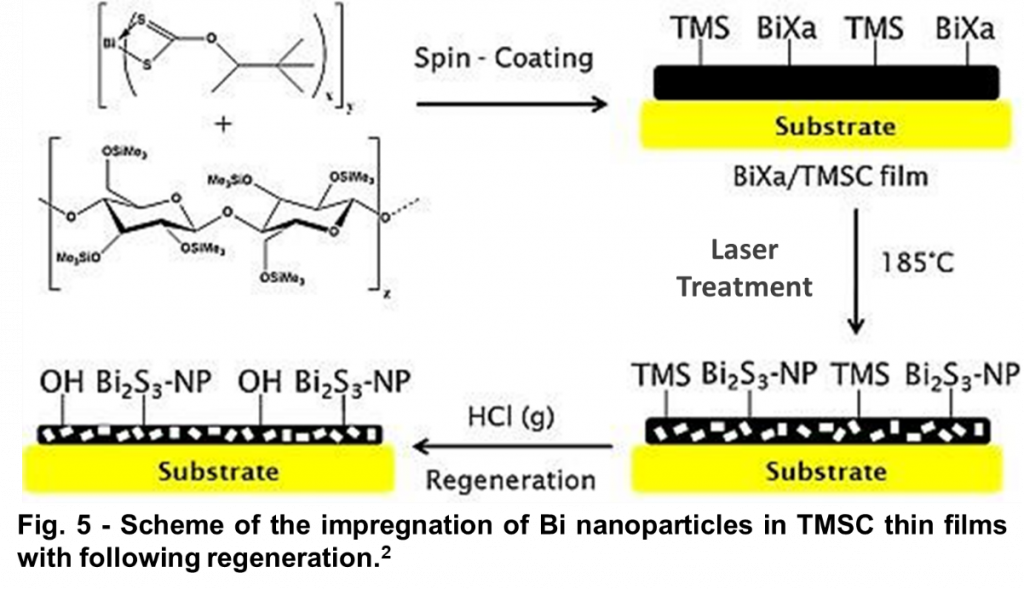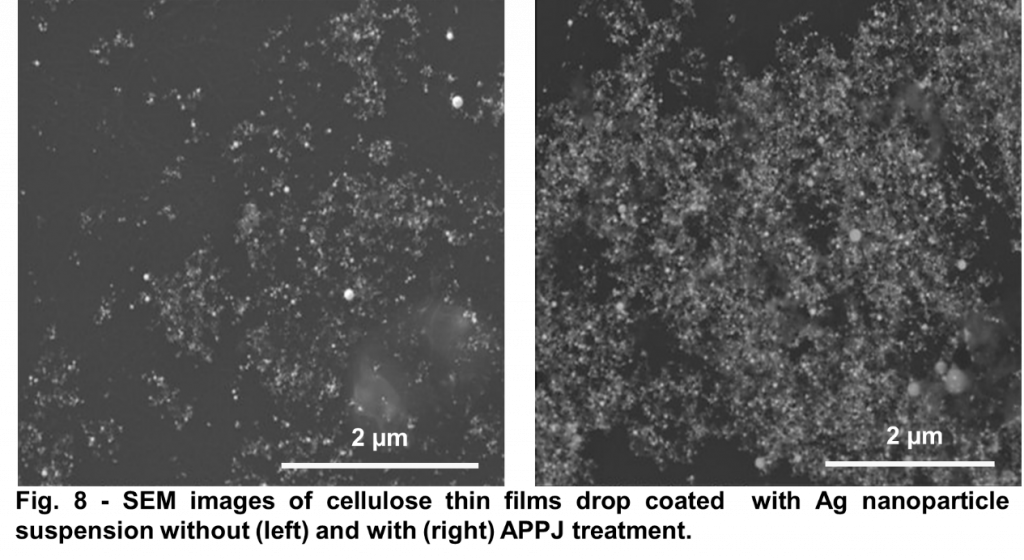This website uses cookies to ensure a better user experience.
To get more information, please read our Cookie Statement.
Scientific project
ESH – Joint Excellence in Science and Humanities (Austrian Academy of Science)Plasma assisted modification of cellulosic substrate properties and nanoparticles impregnation | ||
| project leader | Nikša Krstulović | |
| associates | Dean Popović Stefan Spirk (Institute for Paper Pulp and Fibre Technology) Werner Schlemmer David Reishofer Katrin Nieghell Wolfgang Fischer Weißl Michael | |
| start date | 01.02.2017. | |
| end date | 30.04.2017. | |
| total ammount | 65.000 kn | |
| research areas | Plasma physics |
Abstract
Plasma treatments of cellulose and cellulose based materials (paper, cellophane, cotton linters, viscose fibers, cellulose acetate) can efficiently change their surface properties, such as wettability (e.g. reduction of their hydrophobic character and increase of wettability), surface energy and adhesion (to improve the strength of their adhesion to the matrix in composite materials). In the paper industry, plasma treatment has already been implemented in several laboratory studies, pilot-scale and also some industrial environments in order to modify surface characteristics of fibers and paper. Using APPJ plasmas we plan to study an improvement of adhesion of inks, adhesion of metals and metal nanoparticles, and increase of the impermeability of a transparent film after printing.
In this study, we combined two different scientific fields (physics and chemistry) to improve current state-of-the-art of nanoparticles impregnation into cellulose and cellulose based materials and tailor their properties. Therefore, cellulose substrates were modified using atmospheric pressure plasma jets (APPJ). In addition, we studied impregnation of nanoparticles in cellulose assisted by an APPJ plasmas and compared it to spin coating process as a standard reference. The applied nanoparticles (Au, Ag, Cu) were synthesized by laser ablation techniques from elemental metals deposited in liquids. This led to cellulose with improved surface properties decorated with nanoparticles of interest. TMSC (trimethylsilyl cellulose) thin films have been converted to pure cellulose via exposure to femtosecond lasers and APPJ. Afterwards, these materials have been impregnated with precursors to obtain nanoparticle decorated surfaces.







